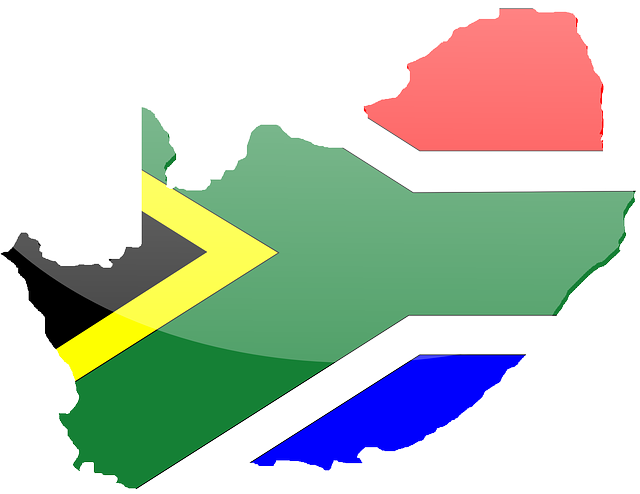According to the Department of Water and Sanitation, recent summer rains have confirmed that there is still a strong need for the country to continue saving water.
Some parts of North West continue to be water stressed with demand for water increasing rapidly and the culture of excessive water consumption not changing.
Water supply in the North West Province is highly reliant on surface water supplied and held in major dams of the Province.
According to this week’s report, there is a slight increase in some North West Province dams ;i.e Hartbeespoort dam from 96.1% to 96.5%, Ngotwane dam from 58.2% to 59.5%;Taung dam from 99.8% to 100.0% Roodekopjes dam from 83,5% to 86.3%.
Despite that, there has been a slight decline in some of our dams, namely, Buffelspoort dam from 100.8% to 100.5%, Olifantsnek dam from 51.4% to 50.7%; Klipvoor dam from 93.8% to 92.4%; Vaalkop dam from 99.8% to 99.2, Molated dam from 59.7% to 59.0%.
Those dams that remained unchanged since last week are Lindleyspoort dam at 52.5 %, Koster River dam at 55.0%,Klein-Maricopoort dam at 33.9%; Klerkskraal dam at 100.0%; Disaneng dam at 72.2%, Bospoort dam at 101.7% and Boskop dam at 100.9%
Records of storage values for the period 2013 to 2018 show that general storage in the province has been consistently high, with several dams never dropping much below 100%.
The current annual overall dam levels stands at 81.0%. However, intense annual cycles of emptying and refilling are evident, hence the need to change human behavior towards water use.







